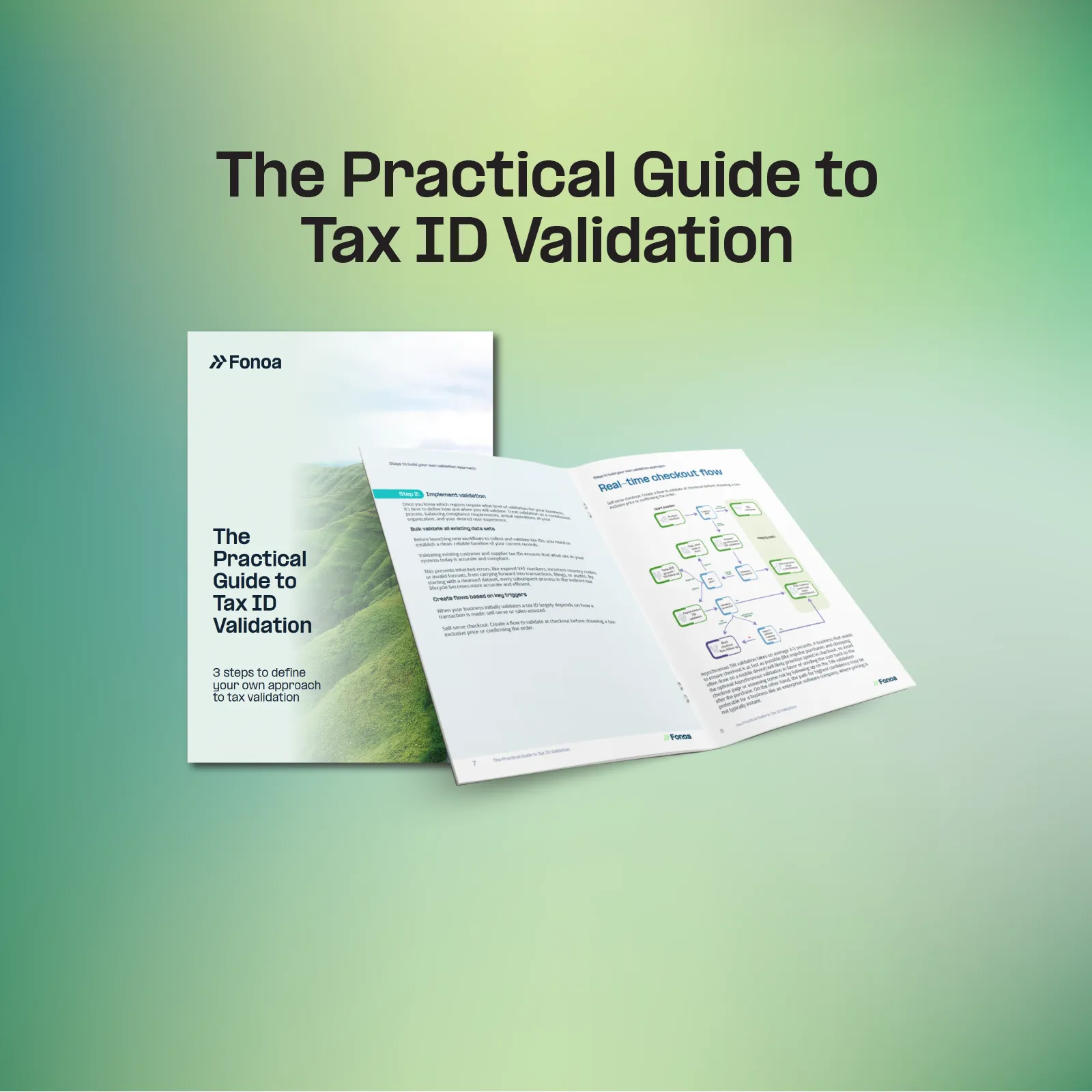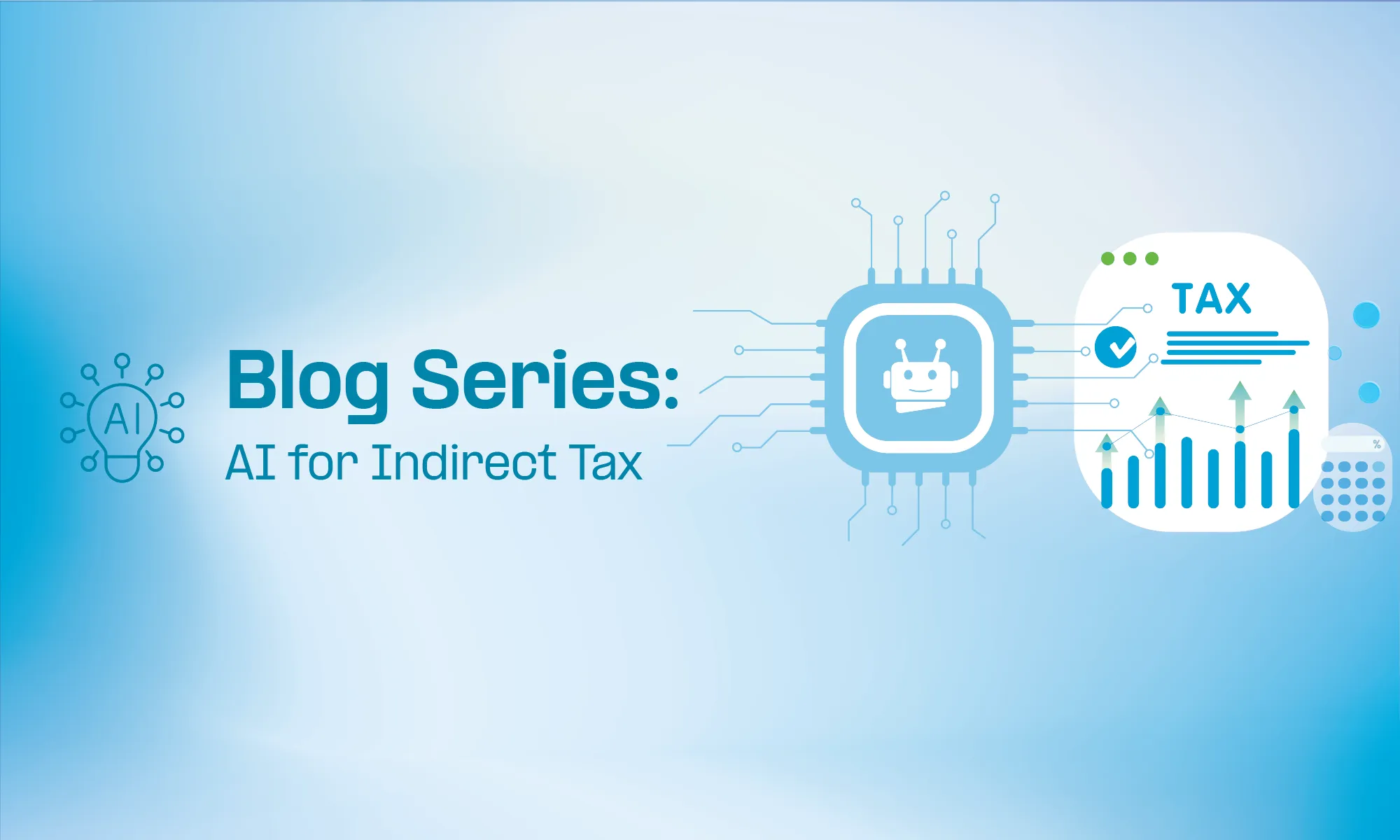Tax ID validation is a critical process for businesses, ensuring accurate identification and compliance with tax regulations. One essential component of tax ID numbers is the checksum digit. While often overlooked, this small digit plays a crucial role in maintaining the integrity of tax IDs and detecting errors. In this article, we will explore the significance of the checksum digit in tax ID validation, its purpose, and how businesses can leverage it to verify the accuracy of tax IDs. By understanding the importance of the checksum digit, businesses can enhance their tax compliance efforts and mitigate potential validation issues. Let's dive in!
What is a checksum digit?
A checksum digit, also known as a check digit or a validation digit, is a numerical value calculated from a sequence of digits or characters. It is used to verify the integrity and accuracy of data during transmission or storage. The purpose of a checksum digit is to detect errors that may have occurred during data entry, transmission, or storage.
How does a checksum digit work?
Calculating a checksum digit involves applying a specific algorithm or formula to the data. The resulting checksum digit is typically appended to the end of the data. When the data is received or accessed later, the same algorithm is applied again, including the checksum digit calculation. If the calculated checksum matches the stored or transmitted checksum digit, it suggests that the data has remained intact and has not been corrupted or tampered with.
Different algorithms are used for calculating checksum digits, including the Luhn algorithm for credit card numbers and modulo-based algorithms such as the International Standard Book Number (ISBN) algorithm. Each algorithm has specific rules and calculations to generate the checksum digit.
Where are checksum digits used?
Checksum digits are commonly used not only in tax id’s but also in credit card numbers, barcodes, and network protocols. They provide a simple and efficient way to detect errors, including accidental changes or transmission errors like data corruption or data loss. By comparing the checksum digit, one can quickly determine if the data will likely be accurate and complete.
In the world of tax ID validation, the checksum digit is a powerful tool to ensure accuracy and detect errors. By calculating and validating this small but significant digit, businesses can verify the integrity of tax IDs, avoid potential validation issues, and enhance their overall tax compliance efforts. Whether it's verifying tax ID numbers, credit card information, or other critical data, understanding the purpose and significance of checksum digits is essential. By incorporating checksum digit validation into their processes, businesses can confidently navigate the complex landscape of tax compliance, minimize errors, and safeguard their operations. Remember, when it comes to tax ID validation, don't overlook the power of the checksum digit. It can make a significant difference in maintaining accurate records and ensuring compliance with tax regulations.
How can Fonoa help?
Before validating tax IDs with government databases, Fonoa makes use of Checksum Digits in its tax ID validation. This is essential in time-sensitive flows such as onboarding and checkout.
Want to learn more? Download the essential guide to tax number validation here.
















